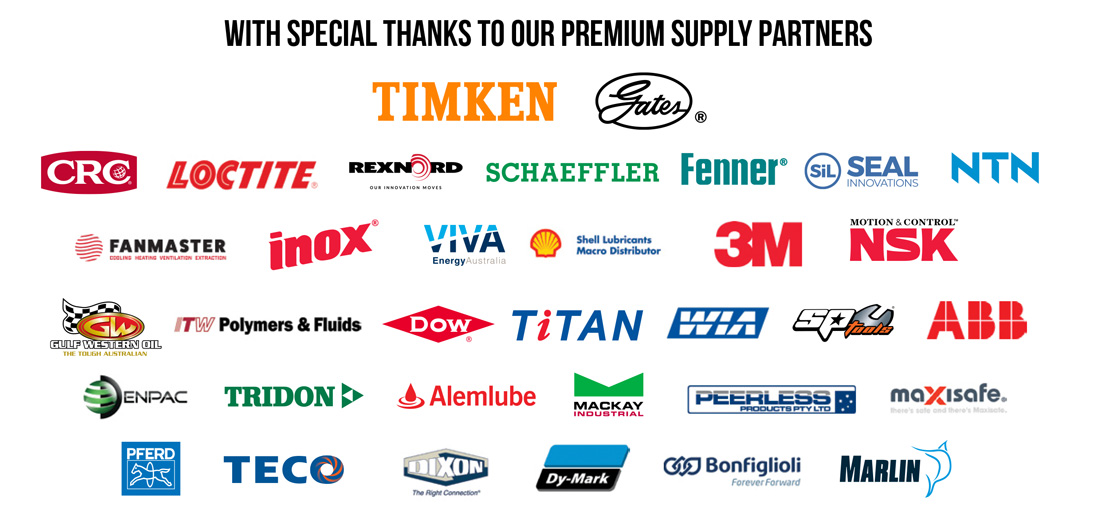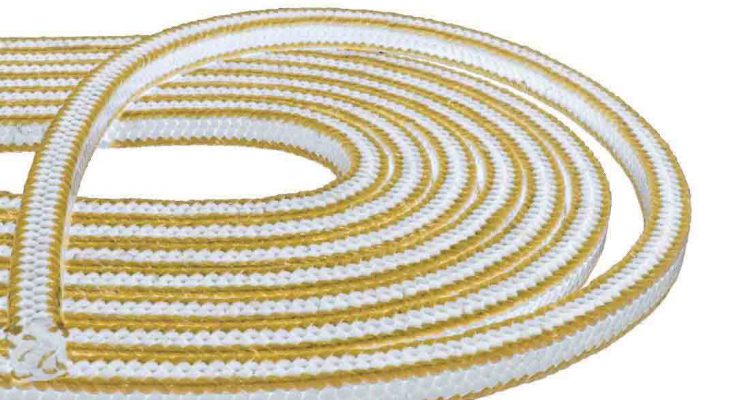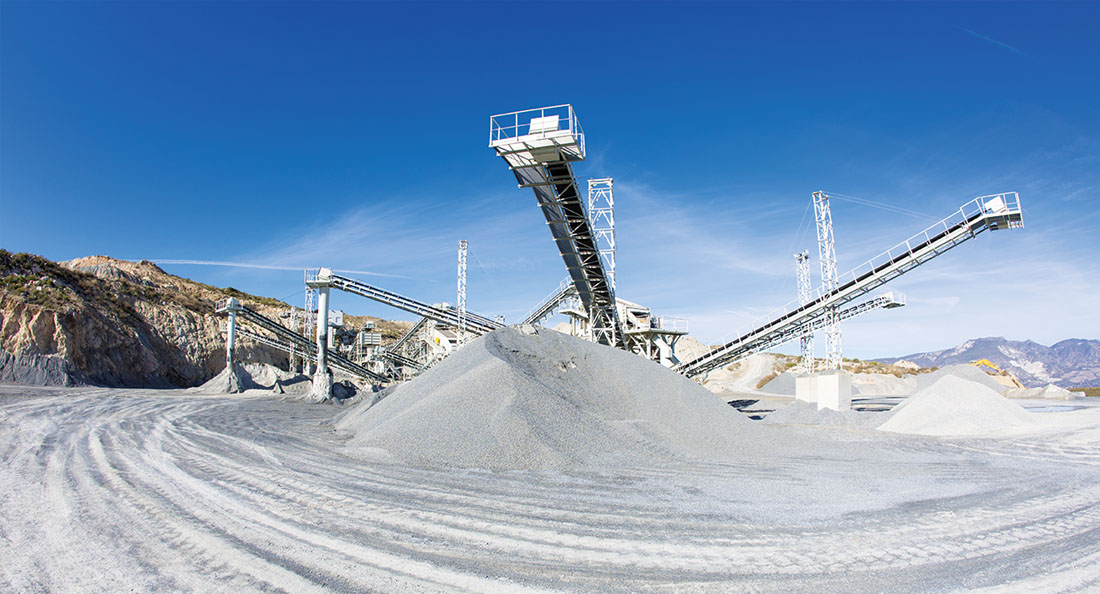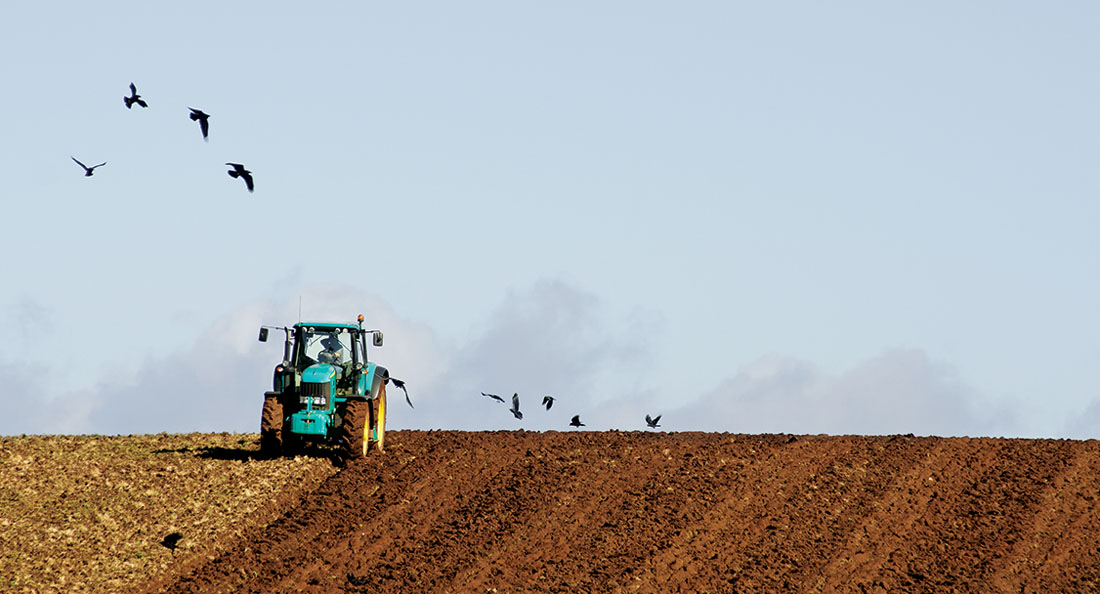In a mine site where each piece of equipment costs thousands – if not millions – of dollars, it’s easy to disregard the importance of humble components such as gland packings. After all, they fit into the category of products that are truly cherished only when their absence, or improper selection, leads to critical downtime.
BSC Bundaberg Branch Manager, Dale Jackson, has a good example to share about how critical gland packings can be for a mine.
“One of our customers, a major gold mine, had failed to order the gland packing for a gearbox replacement scheduled for the weekend. So, we had to act quickly to deliver the correct gland packing in the late hours of Friday to help them finish the maintenance over the weekend. We contacted our partners, Seal Innovations, who cut the gland packing and delivered it to us in time to avoid a major delay for the mine,” says Dale.
The effort by both BSC and Seal Innovations helped the mine avoid a potential $250,000 loss in unproductive downtime had they failed to start operations on Monday.
In critical situations such as this, or when a leaking pump shaft or valve requires urgent sealing, it is important to know how to choose, remove and re-install a new gland packing correctly.
Raj Jadow, National Key Account Executive at Seal Innovations, says there is no single gland packing that can handle all kinds of fluid or which is suitable for all types of valves and applications.
“The selection of the right gland packing for any given equipment begins by asking six basic questions: what are the stuffing box dimensions? What is the temperature of the fluid? What type of equipment is it? What is the fluid being sealed? What is the pressure of the fluid? And finally, what is the surface speed of the shaft?”
“Gland packings are made of a combination of different materials such as cotton, glass, aramid, acrylic, PTFE, and graphite fibres and they are manufactured in plaited, braided, twisted, jacketed, corrugated foil, foil wrapped deformable core and full foil form. Based on the parameters mentioned above and by referring to the manufacturers’ guideline, you can select the right gland packing for your equipment.”
BSC, in partnership with Seal Innovations – both part of Industrial Solutions Australia’s group of businesses – offer a wide range of sealing solutions, including high quality gland packings. Seal Innovations’ range of Priority 8 (P8) gland packing products are available in different fibre materials and service capabilities to fit any application.
“Whether you have a leakage or simply looking for a cost-effective sealing solution, we can conduct a root cause analysis and study your particular application to determine the best solution,” Raj concludes.
Miner Maddie’s guide to installation of gland packings:
1. Remove all the old packing from the stuffing box using an extraction tool.
2. Cut the exact length of required material from the coil. Spirally wrap the material around a rod of the exact diameter to the pump shaft to be sealed.
3. Cleanly cut the required number of rings by making a straight cut along the shaft. Rings can be cut with butt (square), bias or diagonal joints, depending on the construction.
4. Install one ring at a time. Make sure it is clean and has not picked up any dirt in handling. If desired, lubricate the shaft inside of the stuffing box.
5. Place the first ring over the shaft by opening to an ‘S’ shape, to ensure that any bending effects are spread over the whole ring and that there is no deformation of the cross section.
6. Partially enter both ends of the first ring together into the stuffing box before inserting the remainder of the ring and then lightly bend into the bottom of the stuffing box.
7. Repeat steps 1 & 2 with the remaining number of rings, ensuring that each ring is firmly seated and that the joints are staggered by a minimum of 90 degrees.
8. After the last ring is installed, tighten the gland nuts until the shaft is lightly gripped. Then tighten the gland nuts by hand. Check that the gland turns freely.
9. Replace packing when leakage cannot be controlled by further take-up on the follower gland.
Seal Innovation’s Priority 8 gland packing range includes:
| Product name | Pressure Rating | Temperature | Rotary Speed | pH Range |
| VR3 | 20 MPA | -200°C +3000°C (inert ATM) -200°C +600°C |
30 m/s | 0–14 |
| VR31 | 12 MPA | -40°C +276°C | 12.7 m/s | 0–14 |
| VT9L | 12 MPA | -40°C +276°C | 12.7 m/s | 0-14 |
| VP2 | 12 MPA | -198°C +276°C | 25.4 m/s | 0–14 |
| VK4B | 40 MPA | -101°C +276°C | 15.24 m/s | 1–13 |
| VK5 | 25 MPA | -101°C +276°C | 25.4 m/s | 0-14 |
| VK4T | 25 MPA | -101°C +287°C | 15.24 m/s | 0-14 |
| VF4 | 13 MPA | -28°C +121°C | 10.16 m/s | 2-12 |




